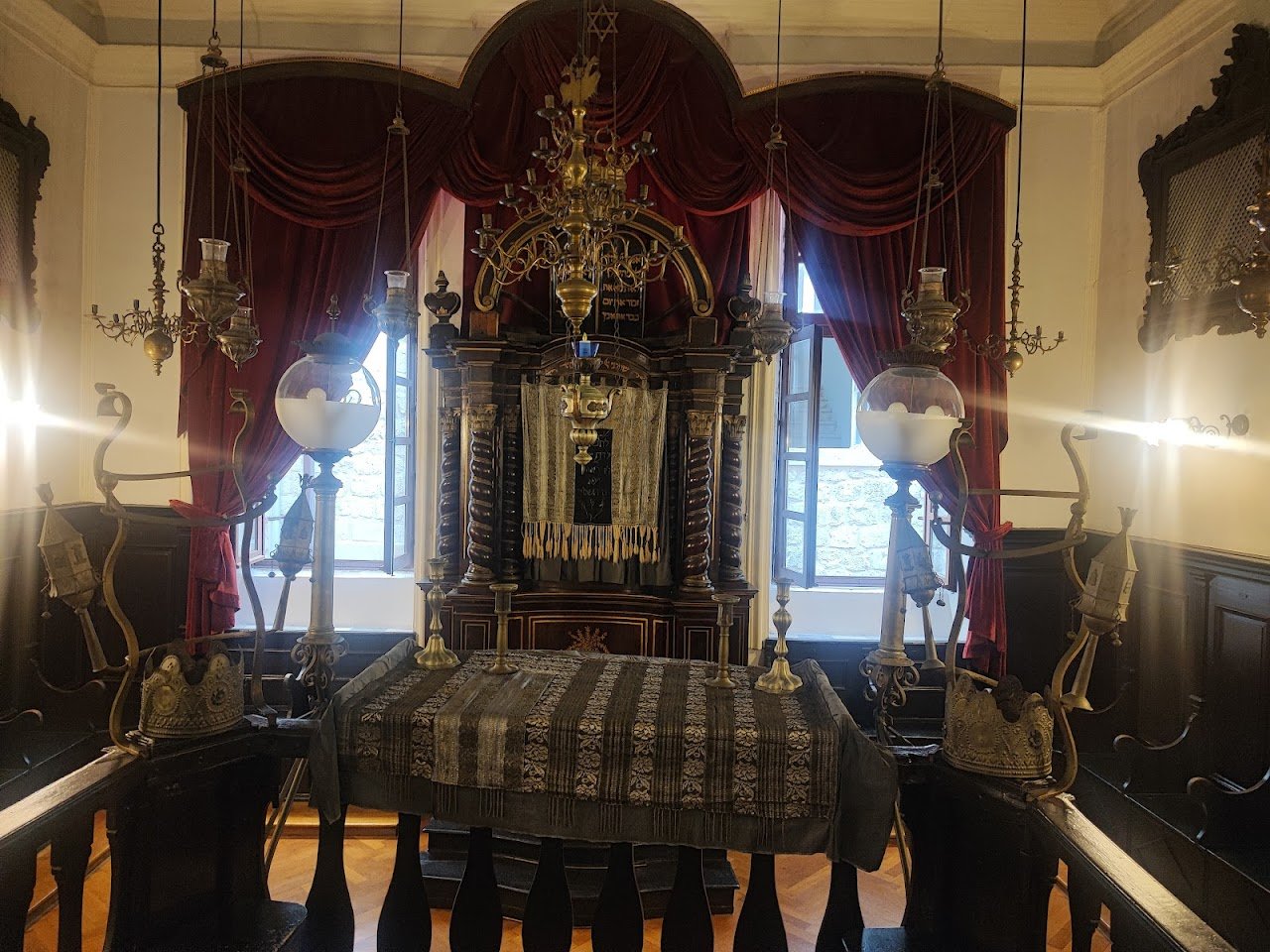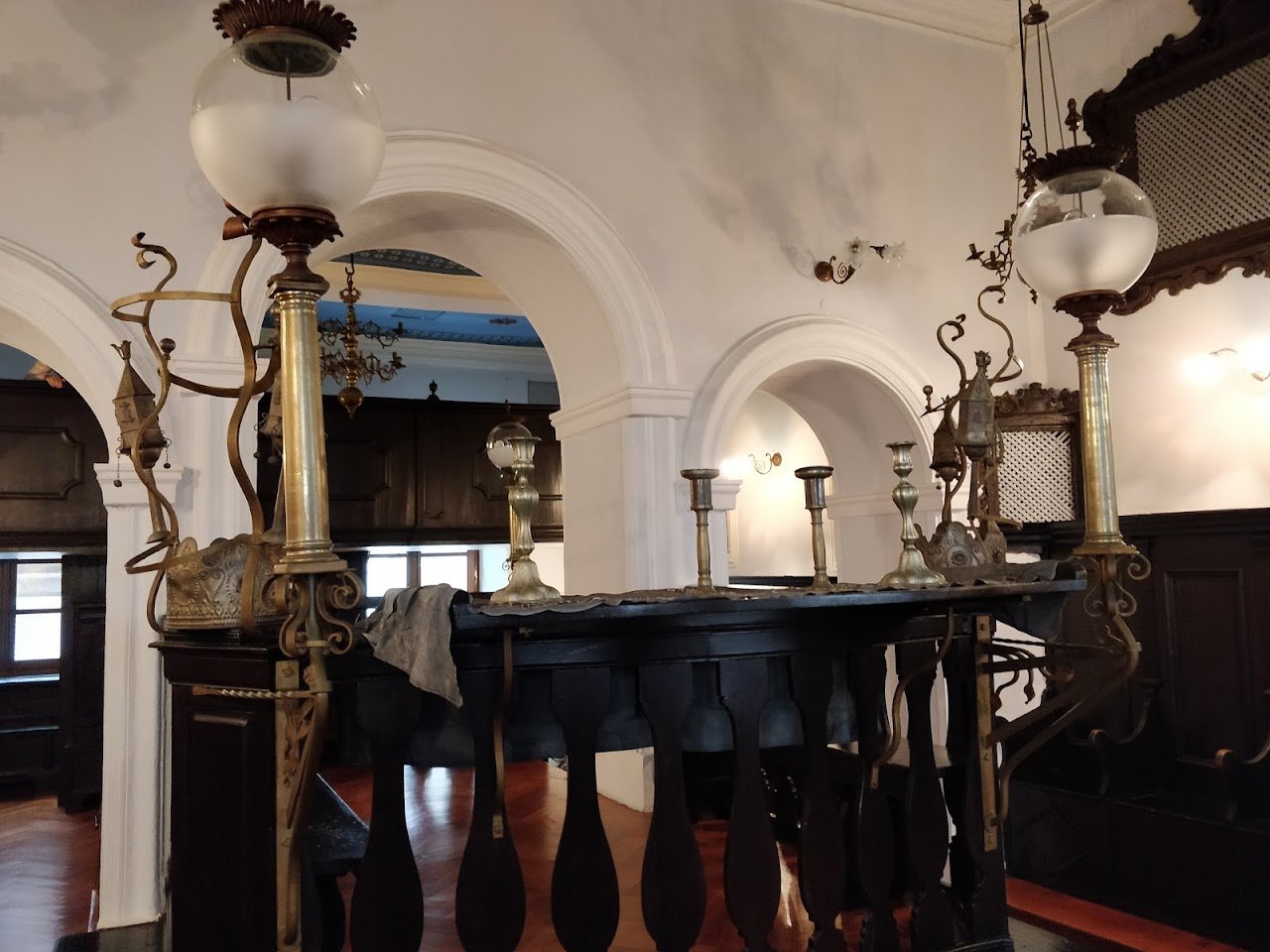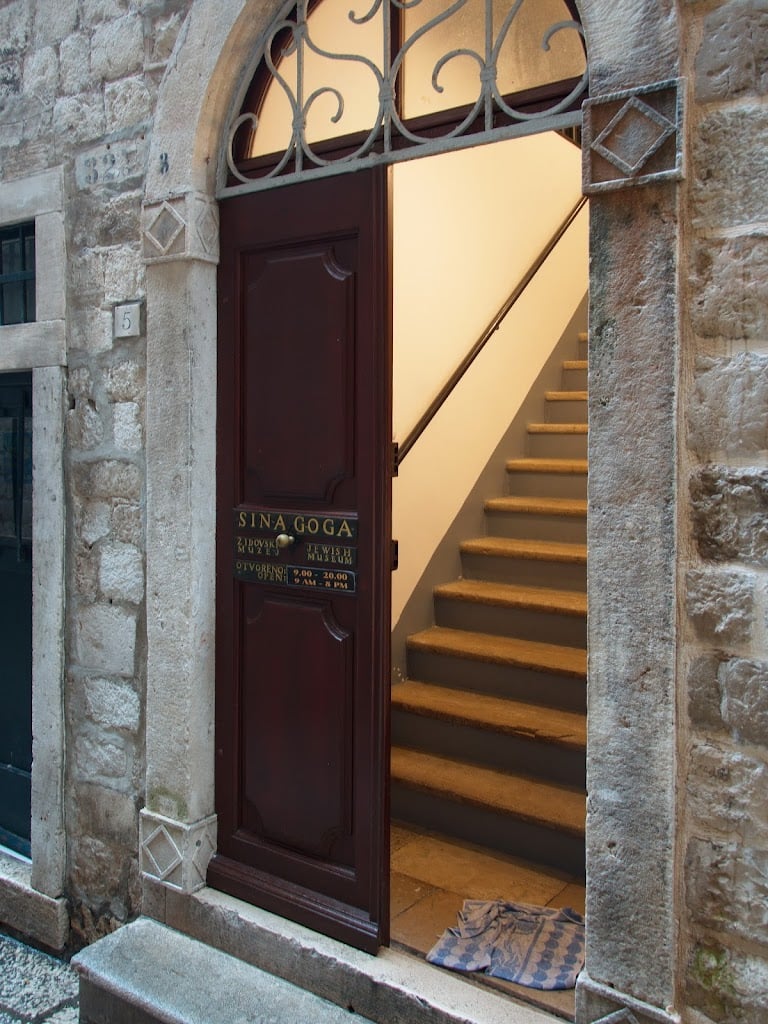Dubrovnik Synagogue



About Dubrovnik Synagogue
Get the inside scoop on Dubrovnik Synagogue from local experts, travel creators, and tastemakers. Browse genuine trip notes, Dubrovnik Synagogue reviews, photos, travel guides, and itineraries from real travelers and plan your trip with confidence.
What people say
Pedro Pereira
Available for hire
"The first mention of Jews in the city is recorded from this time, with a confirmed reference to a Jewish physician in 1326, although it remains unclear whether he accepted a position offered by the Dubrovnik government. By the mid-14th century, Jewish physicians were employed in Dubrovnik, marking the beginning of a notable presence of Jewish medical practitioners in the city. A significant ruling by the Dubrovnik Senate in 1407 officially allowed Jews to settle in the city.
The expulsion of Jews from Spain in 1492, following the Alhambra decree, led to an influx of Sephardic Jews and Marranos (converted Jews) seeking refuge in Dubrovnik. Many fled on Ragusan ships, as the Republic had established trade routes with Spain. Following the expulsion from Portugal in 1496, even more Jews arrived in Dubrovnik and the surrounding regions.
Despite initial acceptance, the situation changed in 1515 when the Dubrovnik government decided to expel Jews and Marranos due to trade disagreements. However, by 1532, recognizing the need for skilled merchants, the government began to encourage Jewish immigration. The first Jewish ghetto regulations were enacted in 1540, and by 1545, the ghetto was established with specific housing designated for Jews, leading to an increase in their population and the expansion of the ghetto in 1587. The Jewish cemetery was first mentioned in 1612, indicating the community's growing permanence in the city.
A notable landmark of Jewish heritage from this period is the Jewish fountain, built in the 16th century, which was exclusively used by the Jewish community. It was originally located under the Bell Tower but was later relocated to Brsalje.
Throughout the centuries, the Jewish community in Dubrovnik experienced periods of tolerance and adversity. Tensions sometimes arose, leading to tragic incidents, such as wrongful convictions and persecution, including notable events in 1502, 1622, and 1724. Despite these challenges, the community thrived, with evidence of Jewish schools, wedding ceremonies, and participation in maritime ventures by the 18th century, when the Jewish population reached around 218 out of approximately 6,000 residents.
The arrival of Napoleon's forces in 1806 brought legal equality for Jews for the first time, but this was short-lived as the Austrian Empire reinstated restrictions in 1815. It wasn't until the late 19th century that Jews were granted legal equality under Croatian law.
During World War II, Dubrovnik was occupied by the Italians, who initially did not allow mass deportations. However, in 1942, under German pressure, Jews were interned and later deported to extermination camps, leading to a tragic loss of life.
Today, the old Sephardi Synagogue can be found in Žudioska ulica ("Jewish Street"), which connects to Placa Street (Stradun). This synagogue, built in the 16th century, is the second oldest synagogue in Europe and the oldest Sephardic synagogue in active use. Its interior features Baroque design elements, a beautifully crafted Ark, and notable artifacts such as a Moorish carpet believed to have been a gift from Queen Isabella to her Jewish doctor during the Spanish expulsion."
Read more in:
Mentioned in these guides
Phone
Save this spot for later or start mapping out a new trip today
